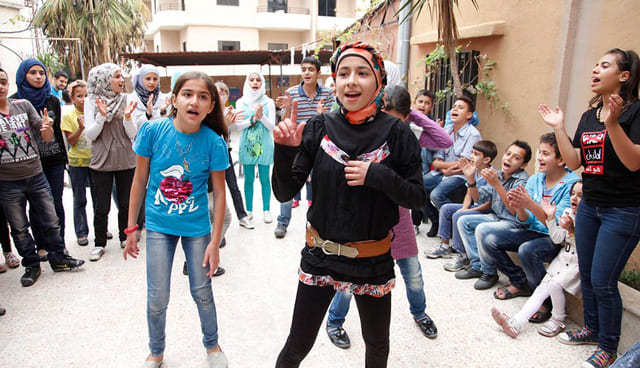The Syrian conflict, which began in 2011, has evolved into a complex multi-faceted war involving various local, regional, and international actors. The following is an overview and timeline of significant events in the conflict:
2011:
- Protests against President Bashar al-Assad’s regime erupted in March, escalating into a full-scale war between the Syrian government, backed by Russia and Iran, and anti-government rebel groups supported by the US and its allies1.
2013-2015:
- The Islamic State (IS) started seizing control of territory in Syria in 2013. In 2015, following IS-coordinated terrorist attacks in Europe, the US, UK, and France expanded their air campaign in Iraq to include Syria, targeting IS with the support of regional partners1.
2016:
- Turkish troops got involved in ground operations against IS, and also launched attacks against armed Kurdish groups in Syria. The Syrian government, with Russian and Iranian support, recaptured Aleppo, a significant opposition stronghold1.
2017-2018:
- Various rounds of peace talks began, with some initiated by Russia, Iran, and Turkey. However, these efforts failed to yield a political resolution. The Syrian government was accused of using chemical weapons, facing international condemnation1.
2019:
- The territorial defeat of IS was achieved, but thousands of former IS members and their families remained detained in dire conditions by the Syrian Democratic Forces (SDF) in Northeast Syria2.
2020-2022:
- The conflict saw a relative decrease in violence, although the economic and humanitarian crisis worsened, exacerbated by government abuses and other conflicting parties. The situation was further complicated by the global economic conditions and the COVID-19 pandemic. The UN warned of a potential return to large-scale fighting due to heightened tensions2.
2023:
- The Syrian crisis faced new challenges, including a significant earthquake that struck Syria and Turkey, causing extensive damages and loss of life. The disaster strained the already fragile humanitarian situation in Syria, making relief efforts extremely challenging amid the ongoing conflict. Furthermore, political deadlocks continue to hinder a comprehensive solution to the conflict134.

Throughout the conflict, human rights abuses, displacement, and a severe humanitarian crisis have been persistent issues, with civilians bearing the brunt of the violence and political deadlock. The conflict has also seen various international interventions and peace talks, although a lasting resolution remains elusive. The ongoing crisis in Syria continues to have a significant impact on the region and beyond, affecting geopolitical dynamics and causing a massive refugee crisis.
A history of conflict for Syria
The region that is now Syria has a long and complex history of conflict, given its strategic location and ethnic diversity. Key historical conflicts include:
- Ancient and Medieval Periods: Various empires and groups fought over the area, including the Assyrians, Babylonians, Persians, Romans, and Byzantines.
- Crusades (11th to 13th centuries): European Crusaders and Muslim forces clashed in the region.
- Ottoman Empire (1516-1918): The Ottomans conquered Syria, and it remained under their rule for four centuries.
- French Mandate (1920-1946): Post World War I, Syria came under French control, sparking local resistance and eventual independence in 1946.
- Post-independence (1946-2011): Various internal and external conflicts, including coups, the Arab-Israeli conflict, Lebanese Civil War involvement, and tensions with neighboring countries.
This historical backdrop set the stage for many of the issues and tensions that would later manifest in the Syrian Civil War beginning in 2011.
With all this still in mind, how safe is it to travel to Syria?
Some really superb posts on this web site, thanks for contribution.